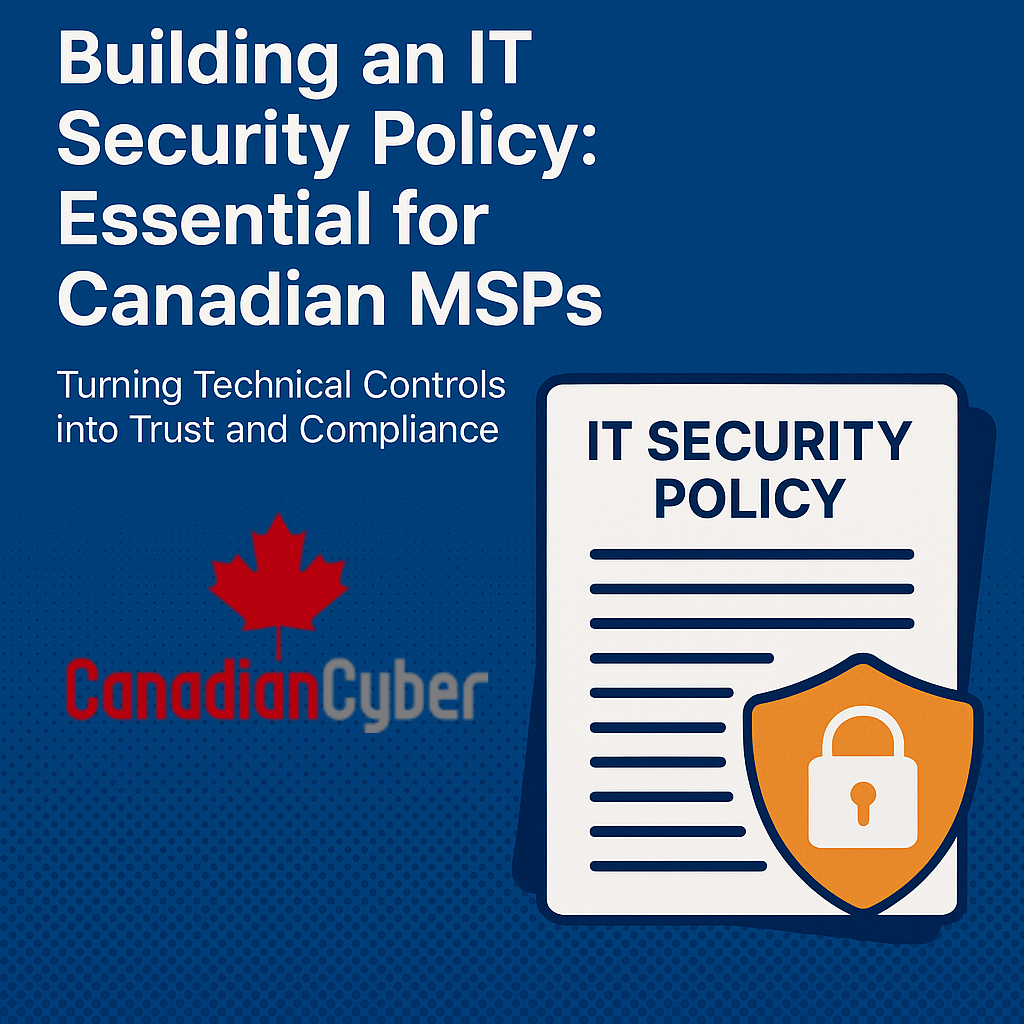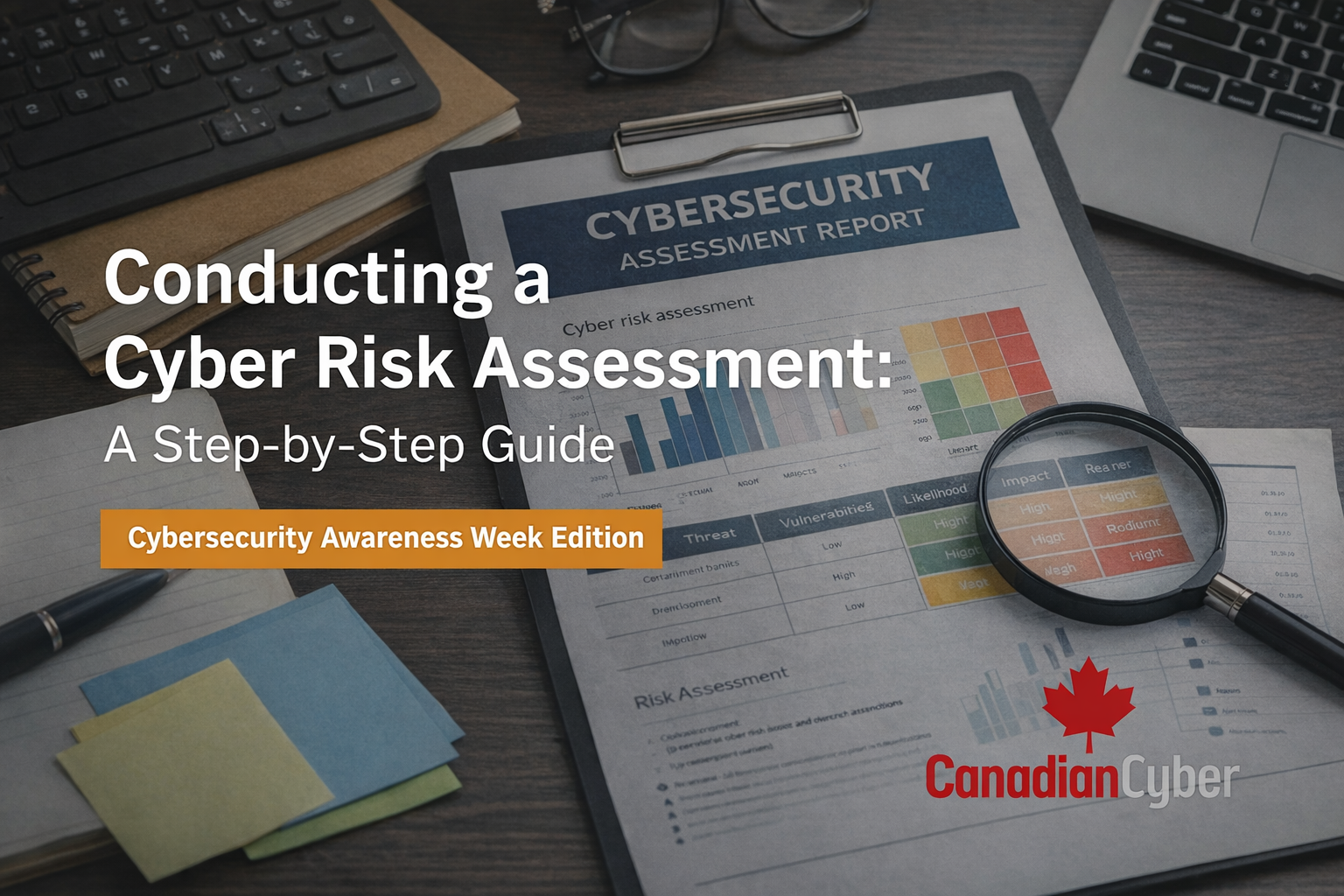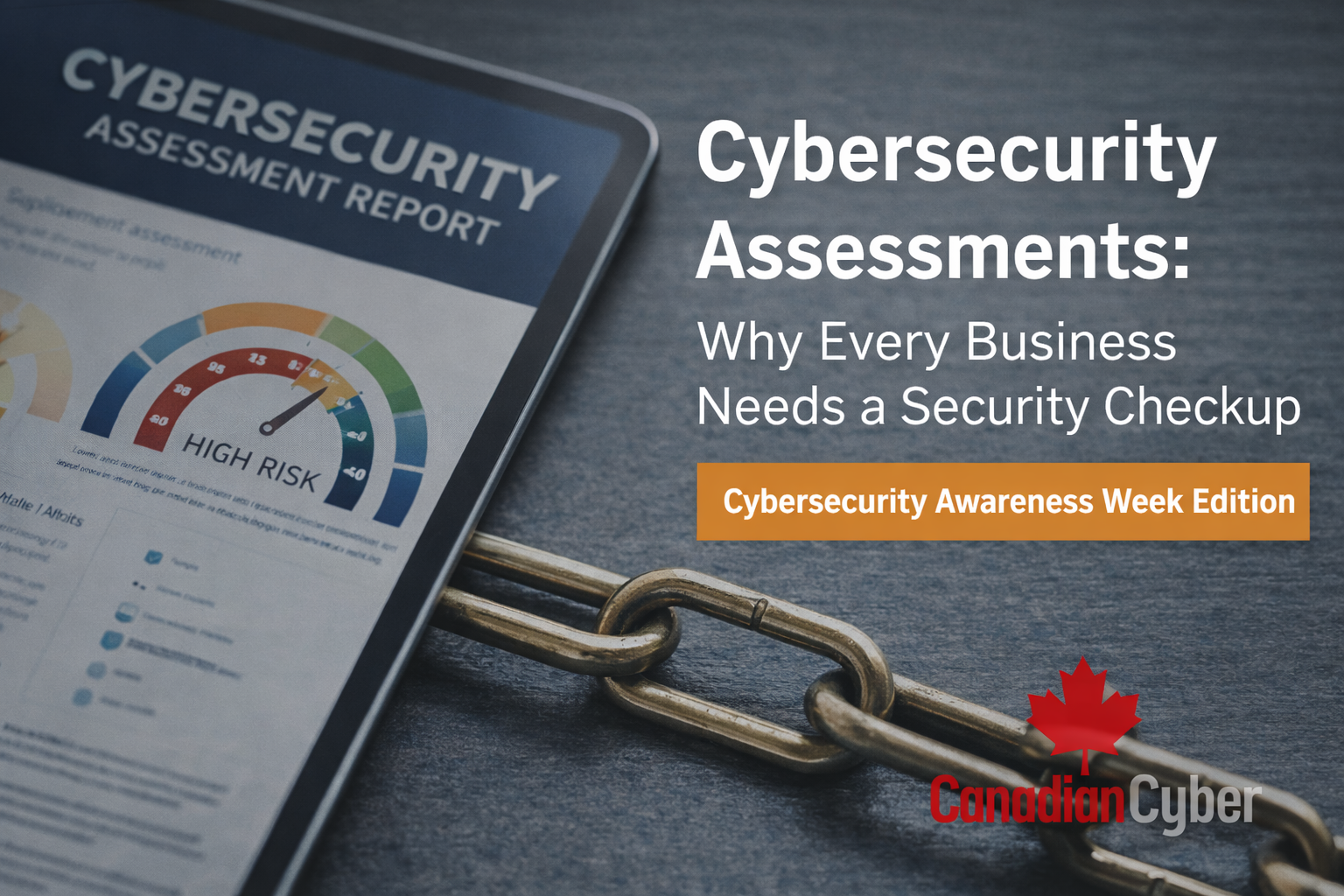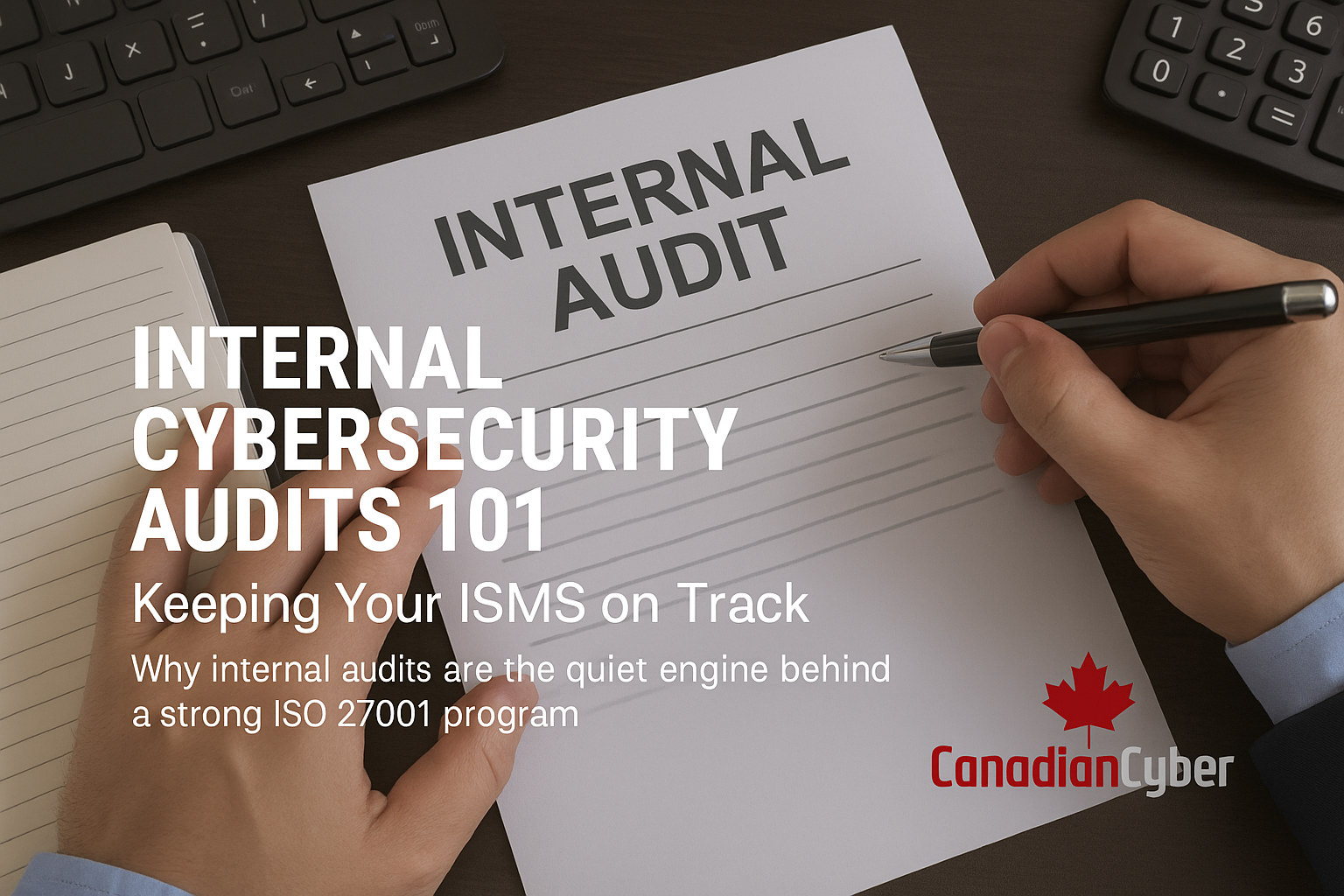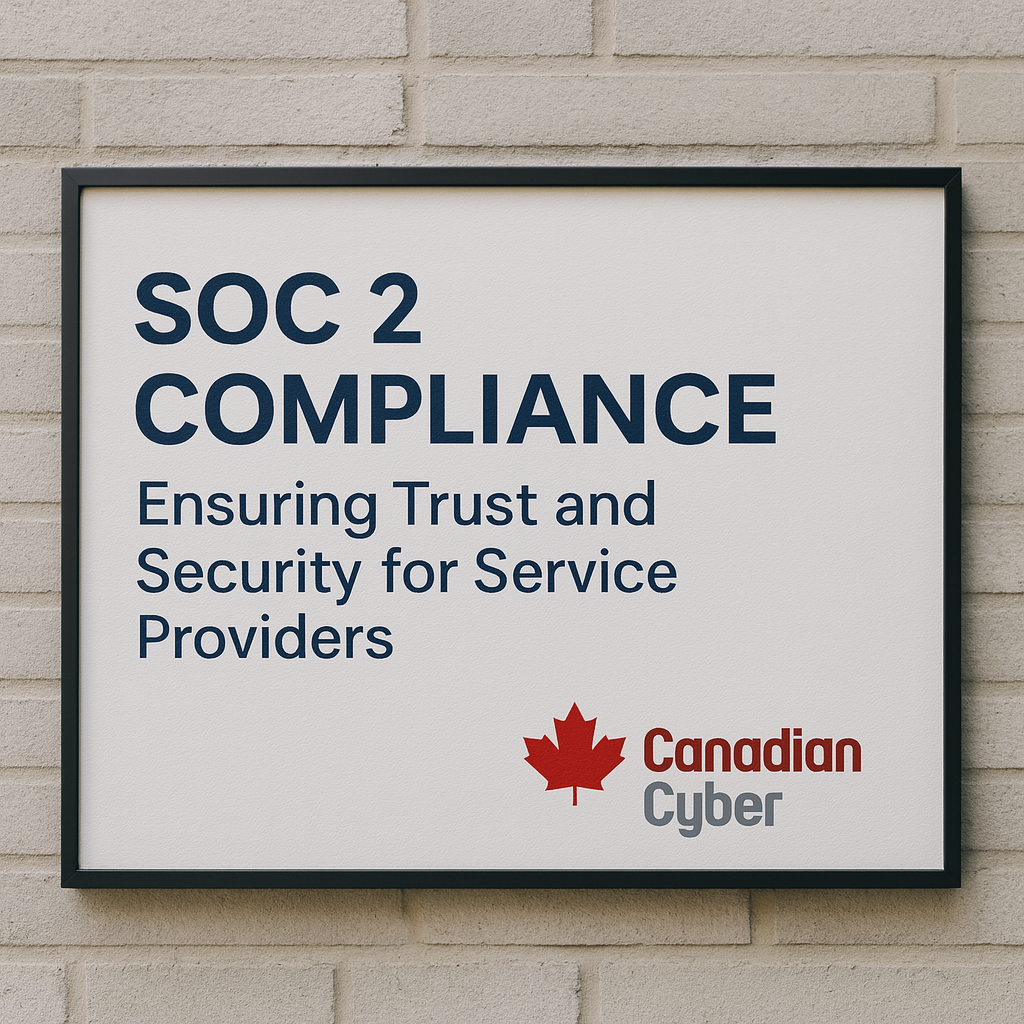Turning Technical Controls into Trust and Compliance
For Canadian Managed Service Providers (MSPs), every client you support becomes part of your own attack surface. You manage systems, credentials, backups, and networks meaning a single oversight in your own security posture can ripple across dozens of client environments.
That’s why ISO 27001 treats the IT Security Policy as a critical control document. It defines how your MSP protects technology, manages access, and responds to threats not just in theory, but through enforceable, repeatable procedures.
At Canadian Cyber, we’ve built a robust IT Security Policy Template (CC-ISMS-012) that helps MSPs translate ISO/IEC 27001:2022 Annex A requirements into practical controls. This document is part of our integrated ISMS series working hand in hand with your Information Security Policy (CC-ISMS-002) and Risk Treatment Plan (CC-ISMS-005).
In this blog, we’ll explore:
- Why an IT Security Policy is essential for MSPs
- How to structure it using the ISO framework
- A sample policy built for a fictitious MSP Maple Shield IT Services Inc.
- How Canadian Cyber helps MSPs implement and audit these controls effectively
Why MSPs Need a Defined IT Security Policy
Your Information Security Policy sets the direction but your IT Security Policy defines the execution.
It ensures that every technical safeguard you implement from MFA to encryption to backups is consistent, documented, and measurable.
For MSPs, this is especially critical because you operate within:
- Multi-tenant client environments
- Hybrid infrastructures (on-prem, Azure, Microsoft 365, and RMM tools)
- Shared responsibilities with suppliers and partners
A formal IT Security Policy allows you to:
- ✅ Standardize technical safeguards across clients
- ✅ Demonstrate compliance with ISO 27001 and PIPEDA
- ✅ Maintain a defensible position during audits or breaches
- ✅ Build client confidence through proven security governance
How to Build an ISO 27001-Aligned IT Security Policy
Our CC-ISMS-012 template is designed to fit directly into an MSP’s Information Security Management System (ISMS). It defines every control area required by ISO/IEC 27001 Annex A ensuring nothing is missed.
Key components include:
- Purpose & Scope: Defines the systems and environments covered.
- Roles & Responsibilities: Clarifies who owns each control.
- Core Policies: Covers access, configuration, malware, vulnerability, encryption, logging, and backup.
- Records & Continuous Improvement: Ensures traceability and evidence for auditors.
Below is a realistic example of what that looks like when implemented by a fictional MSP.
Sample IT Security Policy
(Based on the Canadian Cyber CC-ISMS-012 Template)
Note: The following is a sample for a fictitious company, Maple Shield IT Services Inc., created solely for demonstration. It illustrates how an MSP can operationalize ISO 27001’s technical controls using the Canadian Cyber template.
1. Purpose
This IT Security Policy defines the minimum technical and operational controls that protect Maple Shield’s internal systems and client environments. It ensures compliance with ISO/IEC 27001:2022 Annex A and relevant Canadian privacy regulations such as PIPEDA.
2. Scope
Applies to all staff, contractors, and third parties accessing Maple Shield’s information assets, including on-premise systems, cloud platforms (Azure, Microsoft 365), RMM tools, and managed client infrastructures.
3. References
| Reference | Details |
|---|---|
| CC-ISMS-002 | Information Security Policy |
| CC-ISMS-005 | Risk Treatment Process & Plan |
| CC-ISMS-006 | Statement of Applicability |
| CC-ISMS-013 | Roles & Authorities |
| ISO/IEC 27001:2022 | Annex A (Controls) — implementation guidance |
4. Roles and Responsibilities
| Role | Responsibilities |
|---|---|
| ISMS Manager | Maintains this policy, monitors compliance, coordinates audits. |
| IT Manager | Implements and enforces technical controls across environments. |
| System & Network Admins | Apply configurations, manage patching, monitor logs and alerts. |
| System Owners | Approve access, ensure data classification and encryption are applied. |
| All Employees | Follow access, password, and incident-reporting policies. |
5. Policy and Procedures
- 5.1 Access Control
- Unique user IDs only; no shared credentials.
- Multi-Factor Authentication (MFA) required for remote and privileged access.
- Access reviews conducted quarterly; approvals logged for audit.
- Privileged activity logged through SIEM for accountability.
- 5.2 Secure Configuration & Hardening
- Apply CIS/Vendor baselines; disable unused services.
- Remove default credentials and apply secure configurations.
- Changes documented through formal change control.
- 5.3 Network Security
- Firewalls operate on a “deny-by-default” principle.
- Segregate user, management, and guest networks via VLANs.
- Enforce encrypted protocols (HTTPS, SSH, TLS 1.2+).
- Monitor and alert on suspicious network activity via SIEM.
- 5.4 Malware Protection
- Deploy enterprise-grade EDR across all devices.
- Real-time scanning enabled; signatures updated daily.
- Email filtering blocks malicious links and attachments.
- 5.5 Vulnerability Management
- Internal scans monthly; external quarterly.
- Critical patches deployed within 14 days.
- All findings documented in the Risk Register.
- 5.6 Cryptography & Key Management
- AES-256 encryption for data at rest; TLS 1.3 for data in transit.
- Keys managed through Azure Key Vault; rotated annually.
- Private keys stored securely; access restricted to custodians.
- 5.7 Logging & Monitoring
- Security logs centralized in SIEM.
- Time synchronization (NTP) across all systems.
- Daily high-priority alert review; weekly reporting.
- 5.8 Backup & Recovery
- Incremental backups daily; full backups weekly.
- Offsite encrypted copies stored securely.
- Quarterly restore tests with verified results.
6. Controls and Compliance
This policy supports ISO 27001 Annex A controls including A.5.15 (Access Control), A.8.11 (Secure Configuration), A.8.16 (Monitoring), and A.8.13 (Backup). Records and metrics are maintained to provide audit evidence and demonstrate compliance.
7. Records and Continuous Improvement
Maple Shield maintains documentation of access reviews, patch logs, vulnerability scans, and backup tests for audit purposes. This policy is reviewed annually or following significant infrastructure or regulatory changes.
Approved by: John Miller, CEO | Date: October 2025
Why This Example Works
This example aligns with ISO/IEC 27001:2022 and Annex A requirements, showing how MSPs can:
- Define technical control ownership.
- Enforce measurable standards for access, patching, and encryption.
- Provide consistent audit evidence across clients and internal systems.
By using the Canadian Cyber template, MSPs can move from ad-hoc controls to a documented, repeatable IT governance framework that’s easy to audit and maintain.
How Canadian Cyber Helps MSPs Achieve ISO 27001 Compliance
- ✅ Customizable IT Security Policy Templates (CC-ISMS-012) for MSPs
- ✅ Implementation Guidance for access, patching, and backups
- ✅ Audit Preparation & Evidence Collection Support
- ✅ Virtual CISO (vCISO) Services for continuous governance
- ✅ Automation Tools for compliance tracking and reporting
We make compliance achievable and turn it into a business advantage.
Ready to Build Your MSP’s ISO 27001-Compliant IT Security Policy?
Your clients trust you with their systems. Let Canadian Cyber help you prove that trust is well-founded through structure, documentation, and verified compliance.
Schedule Your Free Consultation



